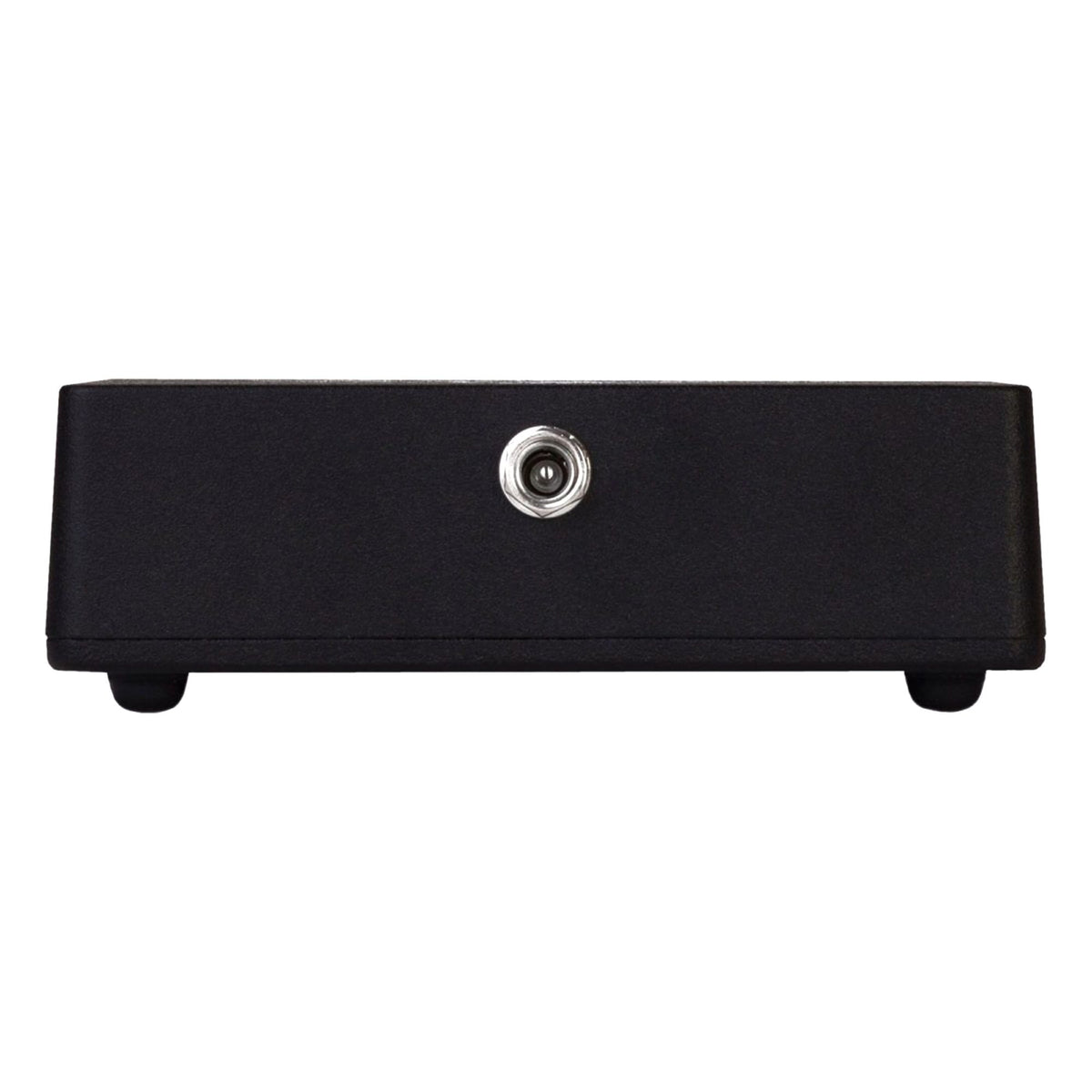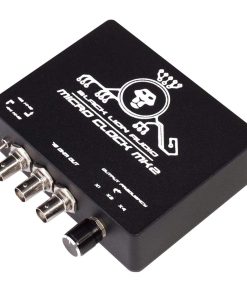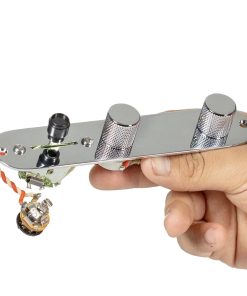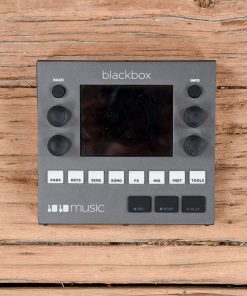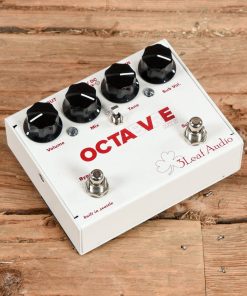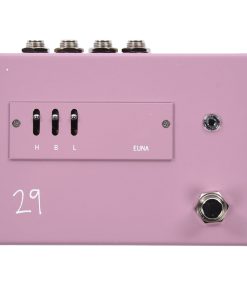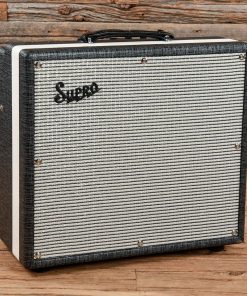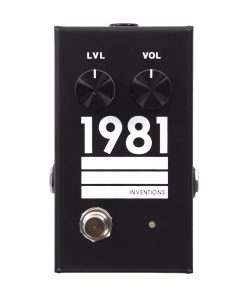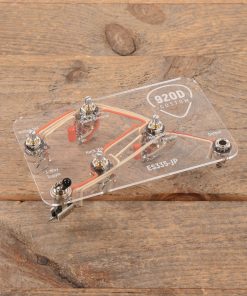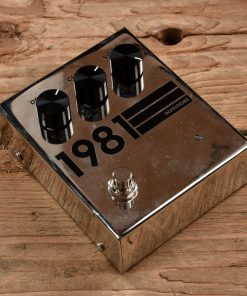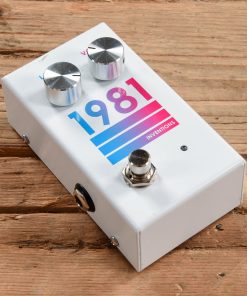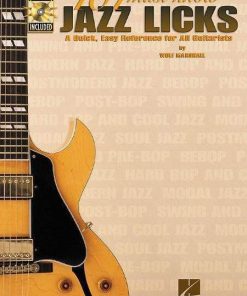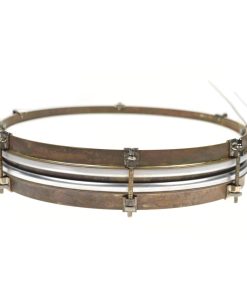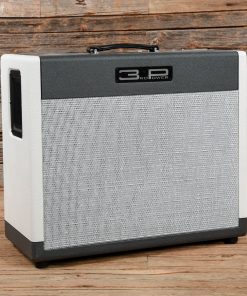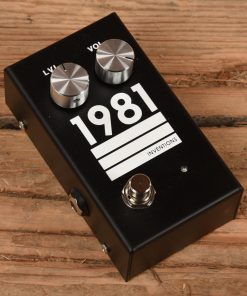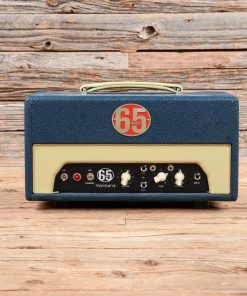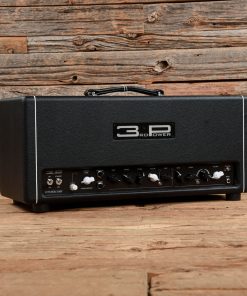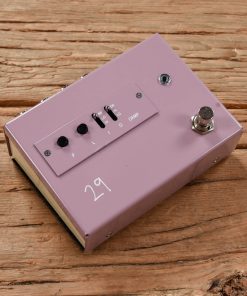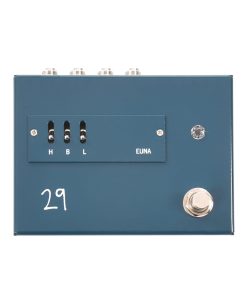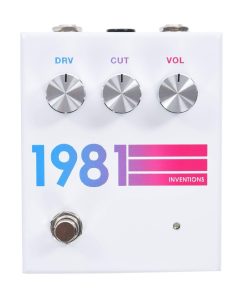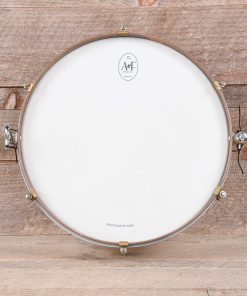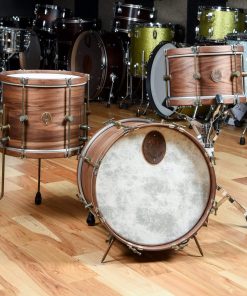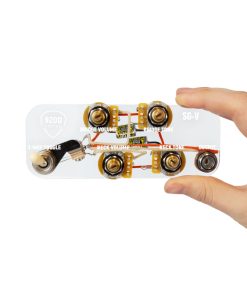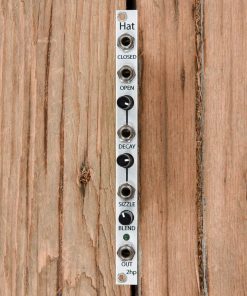Black Lion Audio Micro Clock MKII Black Lion Audio
$ 299,00 $ 119,60
From Black Lion:
When we introduced the Micro Clock MKII, we didn’t anticipate the amount of demand and controversy that managed to accompany it. External clocking is certainly a hot button issue. Some folks maintain that there’s no basis for it; that it’s a sort of modern “emperor’s new clothes.” The reasoning behind this is that the device being clocked externally will simply filter the incoming clock signal through its phase locked loop, thereby eliminating any sort of benefit associated with the superior clock. In addition, the simple act of accepting the incoming signal and creating a new signal that’s in phase will add some jitter.
The biggest problem with this theory is that we know nothing about the PLL filter in question; it’s completely hypothetical. Many PLL’s in pro audio are designed to filter out unwanted signals that are outside of the desired bandwidth, although some are configured to filter out unwanted harmonics that lie within the signal’s frequency band. It’s incredibly rare to find one that does both at the same time. In the case of the Micro Clock MKII, it outputs a high bandwidth signal that is rare to find in internal clocks. Whether or not an external word clock can improve the sound quality of a receiving device is completely dependent on how the receiving device accepts an external word clock signal, and is dependant on the quality of the receiving device’s internal clock. It’s best to do an A/B listening comparison to know whether the external clock is making a positive impact on the sound or not.
The Micro Clock MKII is simple and probably even boring looking by most standards. It’s housed in a rugged 3” x 4” chassis that provides optimum RF shielding. It has no lights, no frequency display, and none of the usual visual candy that your friends might envy. However, for a modest black box, it does its job incredibly well and at a price that’s unheard of for this level of performance!
It features six selectable output frequencies from 44.1 kHz on up to 192 kHz. The output level is approximately 5 volts peak to peak. Jitter at the crystal oscillator is approximately 1 picosecond RMS, and just under 10 picoseconds RMS at the output. The power supply is a 9 volt DC wall wart that’s capable of accepting both 120 and 240 volts AC. The clock is compatible with all modern digital devices that have 75 ohm BNC word clock inputs.
Output: 3 BNC with fixed 75 ohm terminations @ 5 volts peak to peak
Power: 9 volts DC
Sampling rates: Six selectable rates, 44.1 kHz-192 kHz (44.1, 48, 88.2, 96, 176.4, 192)
Jitter: Less than 10 picoseconds of accumulated jitter measured using a delta sigma averaging method
Fast Shipping with Professional Packaging
We offer a wide range of shipping options due to our long-standing partnerships with UPS, FedEx and DHL. Our warehouse staff are trained to pack your goods exactly according to the specifications we offer. Before shipping the goods are thoroughly examined and secured. Every day, we send thousands of packages to clients from all over the world. Our determination to be the biggest online retailer in the world is shown by this. The warehouses are located in Europe as much as they are in USA.
Note: Orders with more than one product will be assigned a distinct processing time, dependent on the particular item.
Before shipping, we will examine the items ordered thoroughly before sending the items. The majority of orders are shipped within 48 hrs. The delivery estimate is between 3-7 days.
Returns
The stock is constantly changing and cannot be fully controlled by us because of the involvement of several parties including the factory and our warehouse. Stock levels can fluctuate at any given time. Please be aware that it is possible that your order could become unavailable even after you've placed your order.
Our policy is valid for a period of 30 days. If 30 days have passed by since your purchase however, we're unable to give an exchange or refund.
In order to be eligible for a refund your product must be unopened and in the same state as you received it. It should also be in the original package.
Related products
Effects and Pedals / Controllers, Volume and Expression
Effects and Pedals / Octave and Pitch
Amps / Guitar Cabinets
3rd Power Amplification 2×12″ Guitar Speaker Cab 3rd Power Amplification
Effects and Pedals / Overdrive and Boost
29 Pedals Special Run Crunch Berry EUNA Elite Unity Amplifier Input Driver 29 Pedals
Amps / Guitar Cabinets
1695T Black Magick 25-Watt 1×12″ Guitar Combo Chicago Music Exchange
Accessories / Merchandise
Effects and Pedals / Overdrive and Boost
Parts / Amp Parts
920D Custom ES335-JP Wiring Harness for Gibson/Epiphone ES-335 w/Four Push/Pulls 920D Custom
Effects and Pedals / Overdrive and Boost
Effects and Pedals / Overdrive and Boost
Effects and Pedals / Wahs and Filters
Accessories / Books and DVDs
Parts / Amp Parts
920D Custom LP50-SPLIT Les Paul Wiring Harness Upgrade w/Coil Split Mod 920D Custom
Drums and Percussion / Acoustic Drums / Snare
A&F Drum Co. 1.75×14 Pancake Raw Brass Snare Drum A&F Drum Co.
Amps / Guitar Combos
3rd Power Amplification British Dream Combo 3rd Power Amplification
Accessories / Books and DVDs
Effects and Pedals / Overdrive and Boost
Amps / Guitar Heads
Keyboards and Synths / Synths / Eurorack
Amps / Guitar Cabinets
3rd Power Amplification Kitchen Sink Guitar Head 3rd Power Amplification
Effects and Pedals / Preamps
Parts / Amp Parts
Drums and Percussion / Acoustic Drums / Full Acoustic Kits
Effects and Pedals / Overdrive and Boost
Effects and Pedals / Overdrive and Boost
1981 Inventions DRV Overdrive White Hyperfade 1981 Inventions
Drums and Percussion / Acoustic Drums / Snare
A&F Drum Co. 1.75×14 Pancake Raw Brass Snare Drum A&F Drum Co.
Drums and Percussion / Acoustic Drums / Full Acoustic Kits
A&F Drum Co. 12/14/18 3pc. Walnut Club Drum Kit A&F Drum Co.
Accessories / Books and DVDs
Parts / Amp Parts
Drums and Percussion / Parts and Accessories / Drum Parts
Keyboards and Synths / Synths / Eurorack


